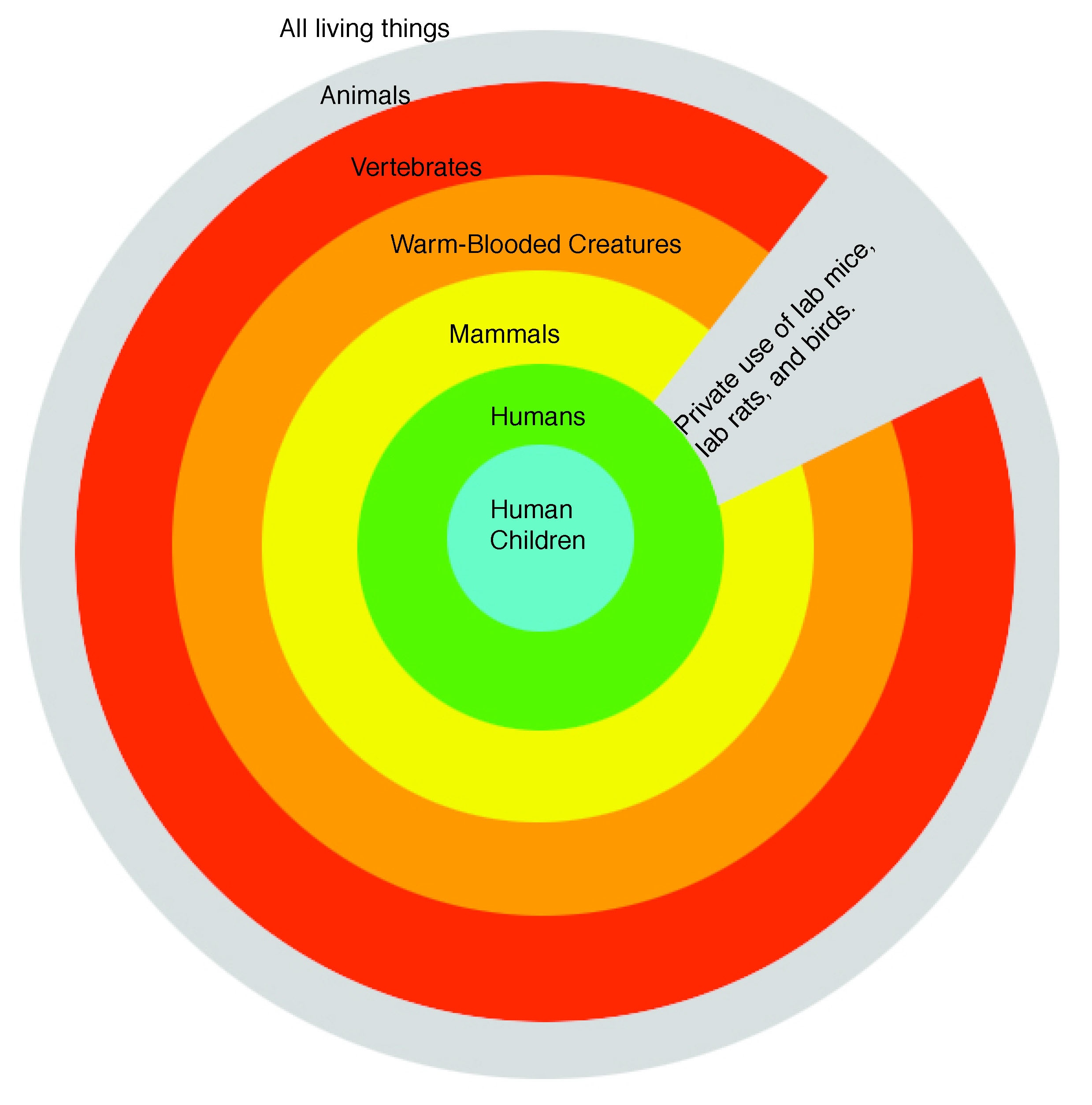...
| Div | |||||||||||||||
|---|---|---|---|---|---|---|---|---|---|---|---|---|---|---|---|
| |||||||||||||||
|
Statement by NIH Director Dr. Francis Collins on the Institute of Medicine report addressing the scientific need for the use of chimpanzees in research
The use of animals in research has enabled scientists to identify new ways to treat illness, extend life, and improve health and well-being. Chimpanzees are our closest relatives in the animal kingdom, providing exceptional insights into human biology and the need for special consideration and respect. While used very selectively and in limited numbers for medical research, chimpanzees have served an important role in advancing human health in the past. However, new methods and technologies developed by the biomedical community have provided alternatives to the use of chimpanzees in several areas of research. In December 2010, the National Institutes of Health commissioned a study by the Institute of Medicine to assess whether chimpanzees are or will be necessary for biomedical and behavioral research. The IOM now has issued its findings, with a primary recommendation that the use of chimpanzees in research be guided by a set of principles and criteria. The committee proposed three principles to analyze current and potential future research using chimpanzees.
...


